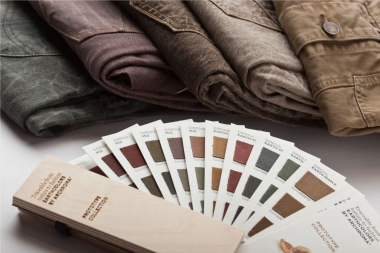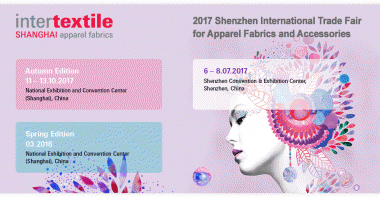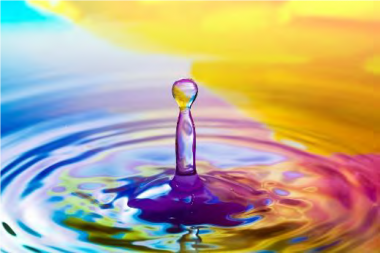Archroma’s EarthColors selected in Patagonia’s newest Clean Color Collection
Patagonia’s Clean Color Collection is a new capsule collection that Patagonia has just released in the last days of April. The products in the collection have been colored with dyes made from natural sources, including, along with other supply sources, EarthColors by Archroma, a range of dyes synthesized from agricultural waste.
Many of Patagonia’s synthetic dyes use less water, energy and CO2 when compared with conventional processes, however Patagonia is always looking for ways to do less environmental harm. The company, who already collaborates with Archroma for the Patagonia Denim collection based on Archroma’s Advanced Denim, therefore contacted Archroma to have a closer look at Archroma’s EarthColors dyes. The selected EarthColors dyes are the gorgeous Palmetto Green and Citrus Brown colors made respectively from non-edible palmetto green parts and bitter orange peels left over from agriculture industry or pharmaceutical extraction.
EarthColors is a line of plant-based dyes, sourced from up to 100 percent renewable resources. The colors change and fade over time, which is part of what makes these dyes unique.
“We are so proud that, once again, Patagonia has chosen Archroma’s eco-advanced dyeing technologies for their newest sustainable clothing endeavor,” comments Paul Cowell, Head of Brand Marketing in Archroma’s Brand & Performance Textile Specialties business. “We at Archroma are committed to challenge the status quo in the deep belief that we can make our industry sustainable. Because it’s our nature! Trail blazers like Patagonia bring us invaluable support in accelerating sustainable concepts in the textile value chain. Together we are showing the apparel industry the way to go, one collection at a time.”
Archroma, Patagonia, Color Collection
Archroma









